Humans news stories
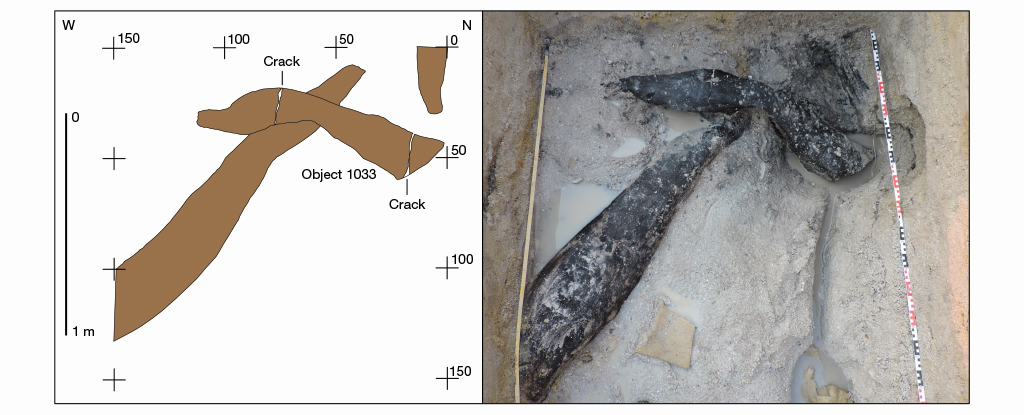
A pair of interlocking logs that haven’t seen sunlight in half a million years could challenge some fundamental assumptions about the technology and culture of our Stone Age ancestors. See the study here.
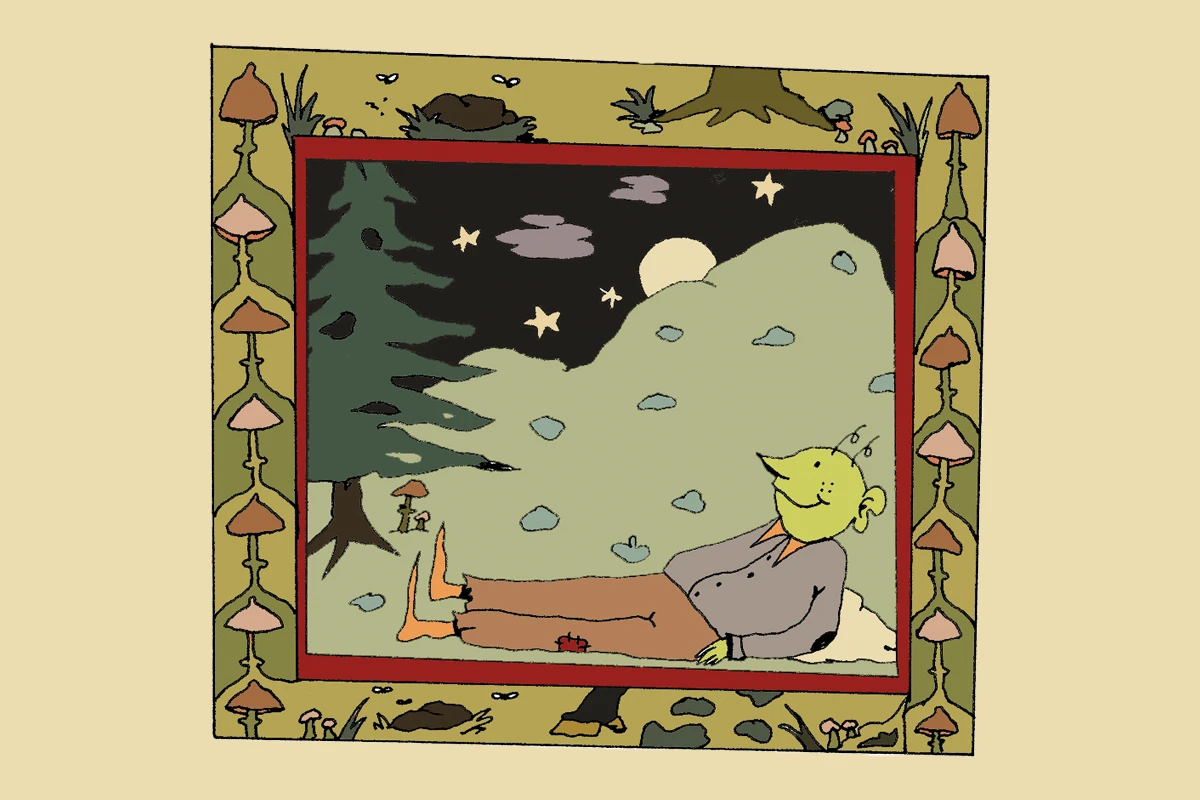
“From coca to kava, we should be able to access all plant allies—and understand their beneficial properties.”

A recent meta-analysis suggests that subanesthetic doses of ketamine can offer rapid and sustained anxiety relief, becoming noticeable within a few hours and lasting up to two weeks. The study has been published in the Journal of Psychopharmacology.

The relationship between size and number also shows up in everything from ecosystems to language…After collecting data on all of the major types of cells in the body, researchers have revealed a familiar mathematical pattern in these cells’ relationship. There is an inverse relationship between cell size and number, meaning smaller cells are more numerous than larger cells.
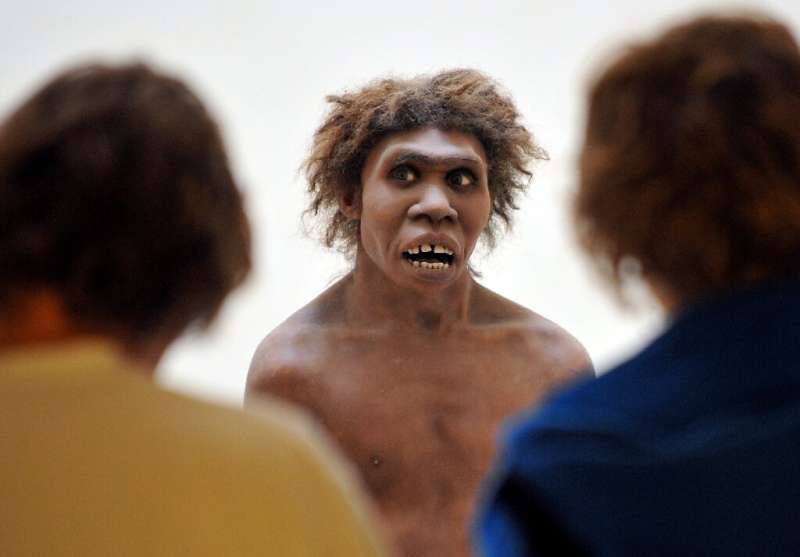
Could the lives of the eight billion people currently on Earth have depended on the resilience of just 1,280 human ancestors who very nearly went extinct 900,000 years ago?
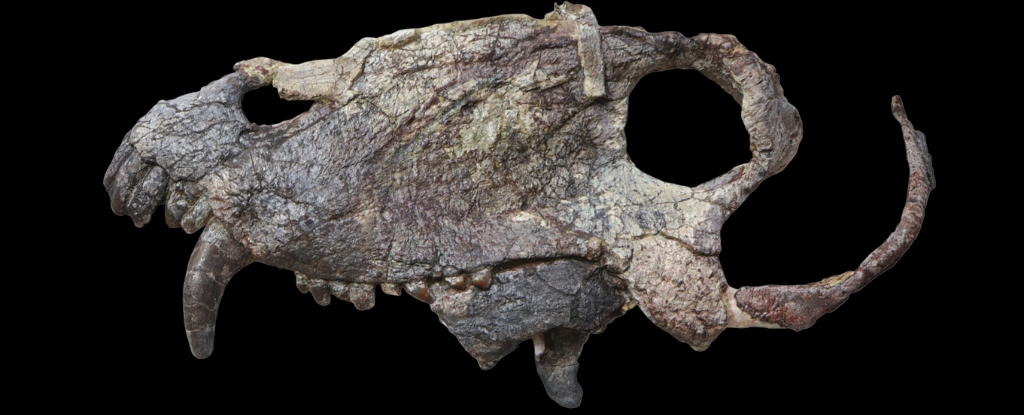
Dinosaurs have a reputation for being the most terrifying prehistoric predators, but a newly discovered skull sheds light on a fearsome beast that dominated 40 million years before the first ‘terrible lizards’ walked the Earth. See the research here.

A follow-up to a major study into the mysterious experiences of death has identified potential flickers of awareness in the minds of cardiac arrest patients as medical staff attempt to resuscitate them. This research was published in Resuscitation.

This July in Bend, Oregon, Josh Goldstein facilitated one of the first magic mushroom sessions under the state’s new regulatory framework for people to access their active ingredient – psilocybin.
When the Lapita people set sail from the Bismarck Archipelago for the vast blue horizon of the Pacific Ocean, they were beginning the most incredible journey the world has ever seen. Now, indigenous archaeologists in Vanuatu are mapping out their ancestors’ histories.
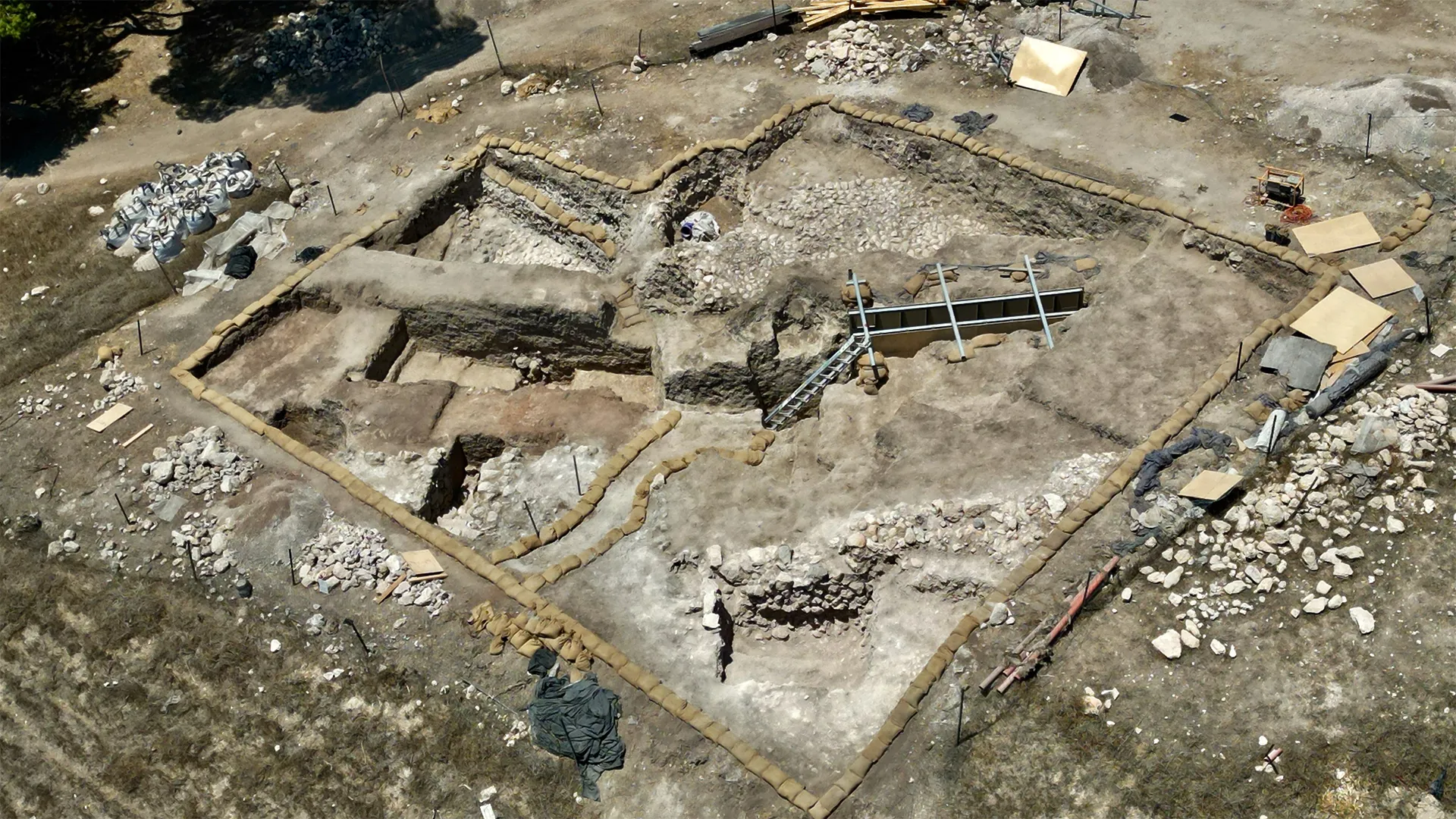
Archeologists discovered the mysterious arch at the end of a narrow, underground passageway that was sealed with sediment shortly after it was built in the Middle Bronze Age.

The project, called “A portrait of Tenochtitlan, a 3D reconstruction of the capital of the Aztec Empire”, is the result of 1.5 years of study, in which a team of specialists have used open-source software such as Blender, Gimp, and Darktable, to bring Tenochtitlan back to life how it looked in AD 1518. Visit “A portrait of Tenochtitlan” by Clicking Here

An online survey involving a vast number of adults revealed that after initiating psychedelic use, participants often reduced or stopped their intake of alcohol, antidepressants, and cocaine. Conversely, their consumption of cannabis and tobacco products increased. The study was published in the International Journal of Mental Health and Addiction.
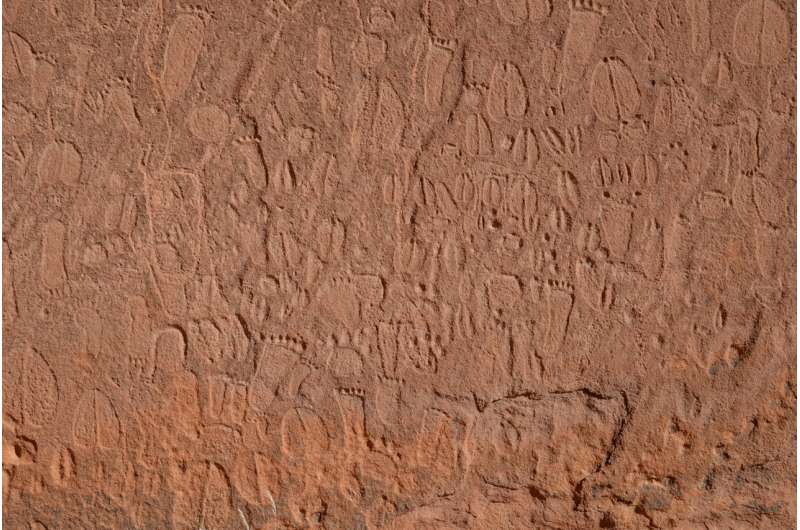
During the Later Stone Age in what is now Namibia, rock artists imbued so much detail into their engravings of human and animal prints that current-day Indigenous trackers could identify which animals’ prints they were depicting, as well as the animals’ general age and sex. See the study here.
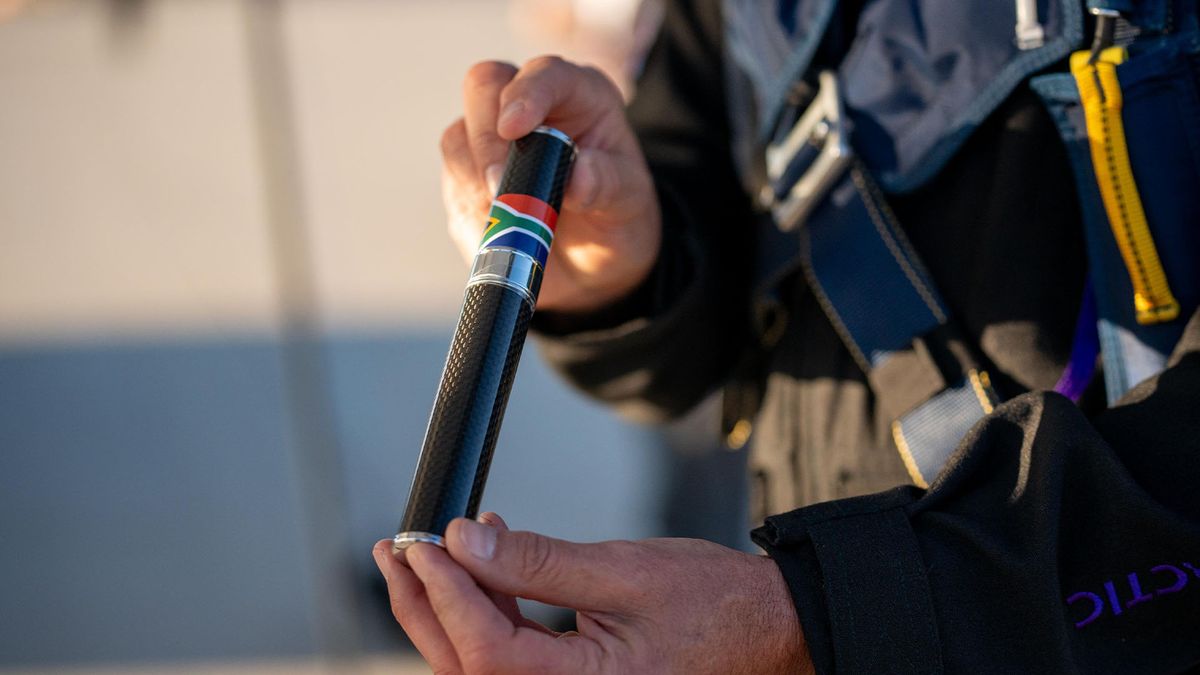
Scientists are calling the Virgin Galactic mission that carried the bones of Australopithecus sediba and Homo naledi to the edge of space a major ethical breach.
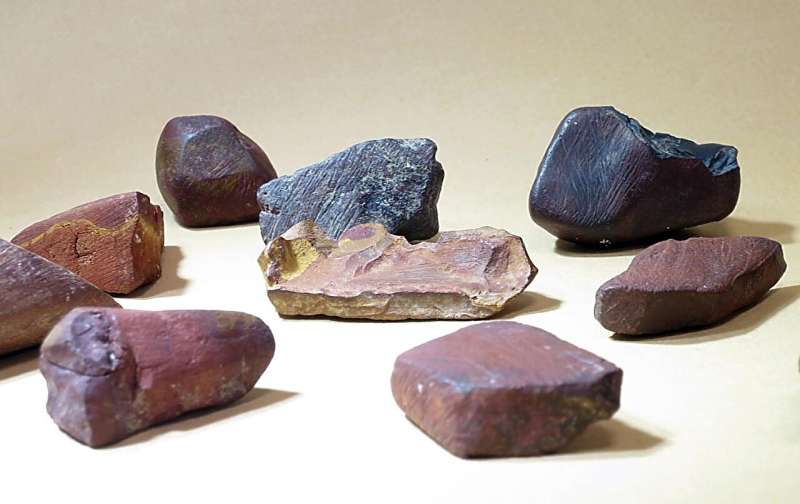
An international research team from Spain and France has carried out the chemical and technological analysis of the largest known collection of red and yellow mineral pigments, commonly called ochre, dated to the Middle Stone Age, between 300,000 and 40,000 years ago, and found at Porc-Epic cave, Ethiopia. See the research here.
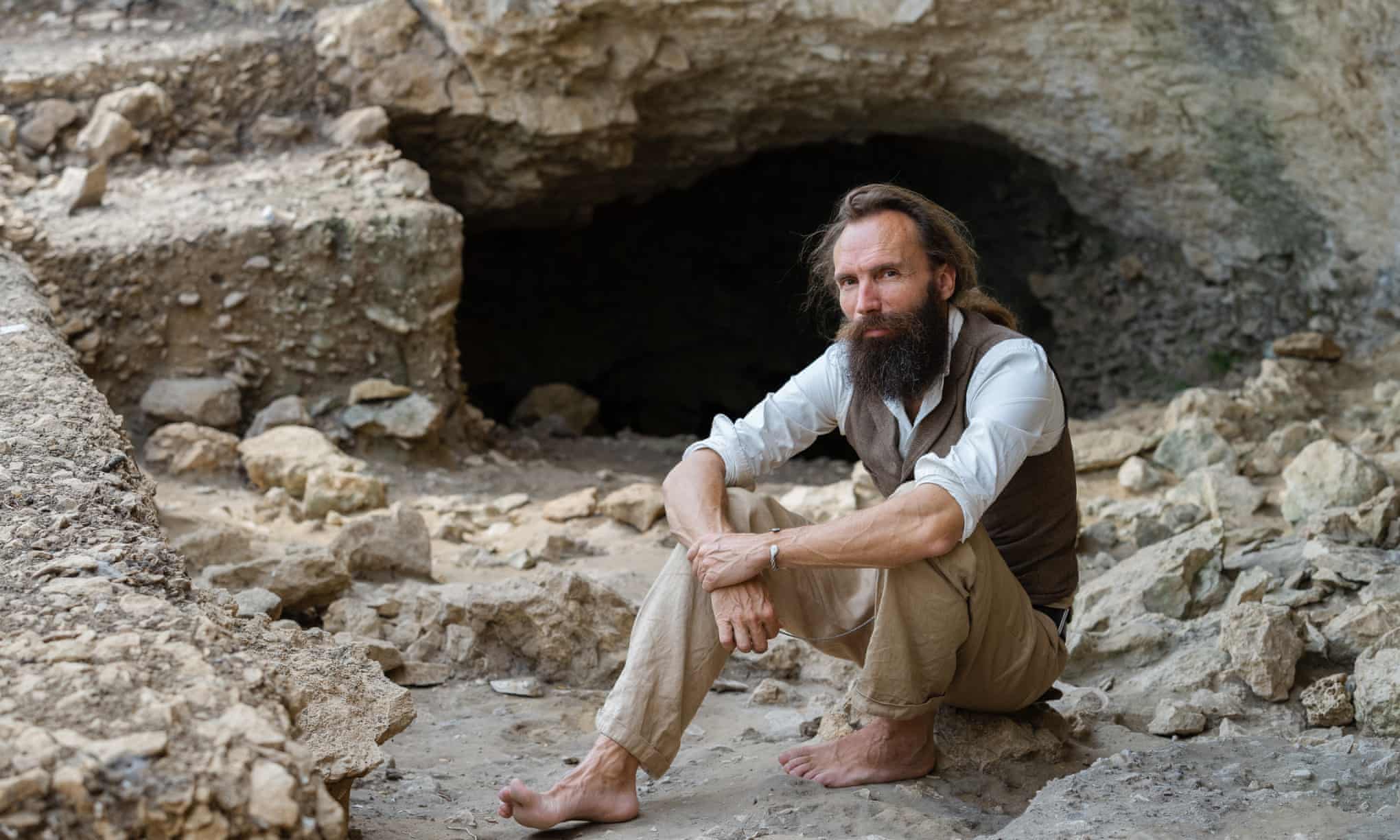
Explorer Ludovic Slimak has dedicated decades to unearthing the mystery of our prehistoric ancestors. Now he has found a missing piece that radically reshapes our understanding – not just of the Neanderthals but of humanity itself








